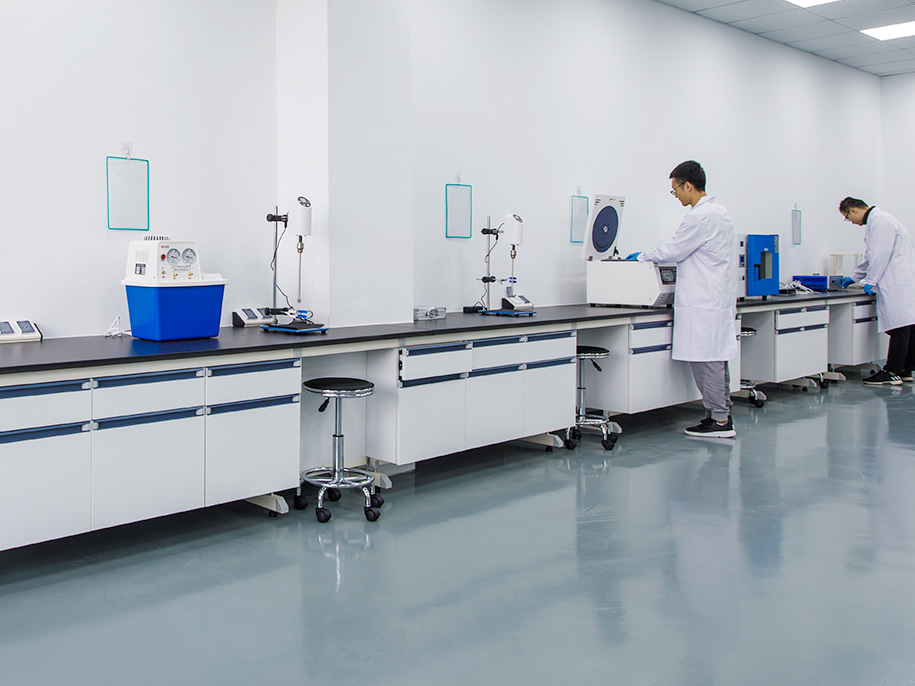Developing and Manufacturing a New Product with Graphene/Graphite
The development and manufacturing of new products utilizing graphene and graphite involve a series of well-planned steps. These steps include understanding the properties and applications of these materials, conceptualizing the product, conducting research and development (R&D), prototyping, testing, and scaling up for production. This guide provides a comprehensive overview of the process.
Introduction
Graphene and graphite are remarkable materials known for their unique properties and wide-ranging applications. Graphene, a single layer of carbon atoms arranged in a hexagonal lattice, is renowned for its exceptional strength, conductivity, and flexibility. Graphite, consisting of multiple layers of graphene, is widely used in industries for its electrical conductivity, thermal conductivity, and lubricating properties.
Step-by-Step Guide to Developing and Manufacturing a New Graphene/Graphite Product
1. Market Research and Feasibility Study
Objective: Understand the market demand, potential applications, and feasibility of your new product.
- Identify Market Needs: Research existing products and identify gaps in the market that graphene/graphite can fill.
- Analyze Competitors: Study competitors’ products, their strengths, weaknesses, and market positioning.
- Feasibility Study: Evaluate the technical, economic, and logistical feasibility of developing the product.
Outcome: A clear understanding of the market potential and the feasibility of the product idea.
2. Conceptualization and Ideation
Objective: Define the product concept and its potential applications.
- Brainstorming: Generate ideas on how graphene/graphite can be used to create a new product.
- Product Specifications: Define the key specifications, features, and performance criteria for the product.
- Application Scenarios: Identify specific applications and use cases for the product.
Outcome: A detailed product concept with defined specifications and application scenarios.
3. Research and Development (R&D)
Objective: Develop the technical knowledge and processes required to create the product.
- Material Sourcing: Identify and secure sources of high-quality graphene and graphite.
- Material Characterization: Analyze the properties of the sourced materials to ensure they meet the required specifications.
- R&D Experiments: Conduct experiments to understand how graphene/graphite can be integrated into the product.
Outcome: Detailed understanding of the materials and initial experimental data.
4. Prototyping
Objective: Create a prototype of the product to test its functionality and performance.
- Design Prototyping: Use computer-aided design (CAD) software to create a detailed design of the product.
- Fabrication: Use appropriate manufacturing techniques (e.g., 3D printing, machining) to create a prototype.
- Integration: Integrate graphene/graphite into the prototype, ensuring proper functionality.
Outcome: A working prototype of the product.
5. Testing and Validation
Objective: Test the prototype to validate its performance and identify any issues.
- Functional Testing: Test the product under various conditions to ensure it meets the desired specifications.
- Performance Testing: Evaluate the performance of the product in real-world scenarios.
- Safety Testing: Conduct safety tests to ensure the product is safe for use.
Outcome: A validated prototype with documented test results and identified areas for improvement.
6. Refinement and Optimization
Objective: Refine and optimize the product based on testing feedback.
- Design Iteration: Make necessary design changes based on test results and feedback.
- Material Optimization: Optimize the use of graphene/graphite to improve performance and reduce costs.
- Process Improvement: Enhance manufacturing processes to ensure consistency and quality.
Outcome: A refined product ready for production.
7. Scaling Up for Production
Objective: Prepare for mass production of the product.
- Manufacturing Setup: Establish manufacturing facilities and processes for large-scale production.
- Supplier Management: Secure reliable suppliers for graphene, graphite, and other necessary materials.
- Quality Control: Implement quality control measures to ensure product consistency and reliability.
Outcome: A production-ready setup with quality control processes in place.
8. Regulatory Compliance and Certification
Objective: Ensure the product meets all regulatory and certification requirements.
- Regulatory Research: Identify relevant regulations and standards for the product.
- Compliance Testing: Conduct tests to ensure the product complies with all regulations.
- Certification: Obtain necessary certifications from relevant authorities.
Outcome: A compliant and certified product ready for market entry.
9. Marketing and Launch
Objective: Develop a marketing strategy and launch the product.
- Marketing Strategy: Create a marketing plan that includes branding, positioning, and promotional activities.
- Launch Plan: Develop a detailed plan for the product launch, including timelines and key milestones.
- Customer Feedback: Collect and analyze customer feedback post-launch to make any necessary adjustments.
Outcome: A successful product launch with ongoing customer feedback collection.
10. Post-Launch Support and Iteration
Objective: Provide ongoing support and iterate the product based on customer feedback.
- Customer Support: Set up customer support channels to address any issues or questions.
- Product Updates: Continuously improve the product based on customer feedback and technological advancements.
- Market Monitoring: Monitor market trends and competitor activities to stay competitive.
Outcome: Continuous product improvement and strong customer relationships.
Applications of Graphene and Graphite Products
Graphene and graphite products have a wide range of applications across various industries. Some key applications include:
Graphene Applications
- Electronics: Flexible displays, high-speed transistors, conductive inks.
- Energy Storage: Supercapacitors, batteries, fuel cells.
- Composites: Lightweight, high-strength materials for aerospace, automotive, and sports equipment.
- Medical Devices: Biosensors, drug delivery systems, medical imaging.
- Thermal Management: Heat dissipation materials for electronics and LEDs.
Graphite Applications
- Batteries: Anode material for lithium-ion batteries.
- Refractories: High-temperature resistant materials for furnaces and kilns.
- Lubricants: Solid lubricants and greases for industrial applications.
- Pencils: Core material for writing instruments.
- Conductive Materials: Electrodes, conductive coatings, and shielding materials.
Conclusion
Developing and manufacturing a new product with graphene and graphite is a complex but rewarding process. It involves thorough market research, innovative R&D, meticulous prototyping, rigorous testing, and efficient scaling up for production. By following these steps and leveraging the unique properties of graphene and graphite, businesses can create cutting-edge products that meet market needs and drive technological advancements. With proper planning, execution, and continuous improvement, the potential for innovative graphene and graphite products is vast and promising.

